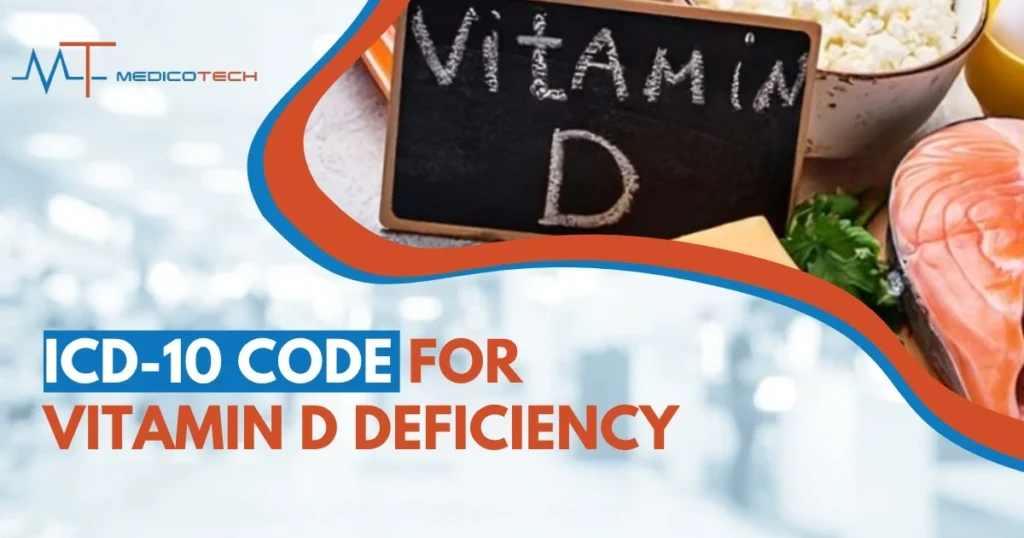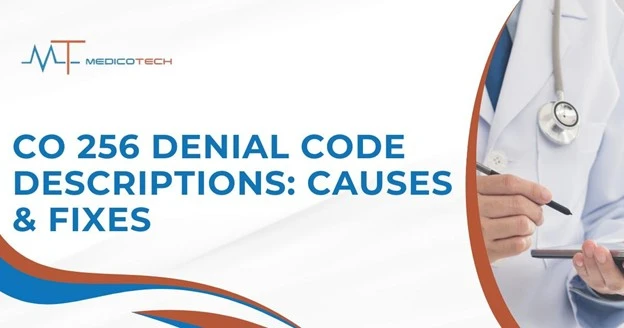Do you know that vitamin D deficiency is thought to affect over 1 billion people worldwide and that many of these individuals don’t even know they are deficient? This silent condition can lead to a variety of health problems, from bone pain to depression, all of which are easily preventable and treatable. In this piece, we explore the reasons behind vitamin D deficiency and its symptoms and treatment options. Whether you’re worried about your health or are seeking additional information, we’ll tell you everything you need to know to keep yourself and your loved ones safe from this pervasive problem.
Understanding Vitamin D Deficiency
Vitamin D helps keep bones healthy and the body’s immune system in shape. But if your body does not get enough of it, there can be serious health consequences. Let’s unpack what vitamin D deficiency is and the various forms of deficiency you may experience.
What is Vitamin D Deficiency?
Vitamin D deficiency happens when your body doesn’t get enough of this important vitamin. This is more likely to occur from inadequate exposure of the skin to sunlight, lack of vitamin D in the diet or medical conditions that interfere with absorption. The deficiency can result in weaker bones, an increased risk of fractures and other health problems including fatigue, muscle weakness and potentially even mood changes.
Types of Vitamin D Deficiency:
- General Vitamin D Deficiency (E55.9): This is the kind of deficiency most people know about, and it’s often just called “vitamin D deficiency.” It is diagnosed when a person has blood levels of vitamin D below the optimal range no cause of the deficiency is specified.
- Active Rickets (E55.0): This form of deficiency occurs mainly in children, causing softened bones, which can lead to bone deformities such as bowed legs.
- Osteomalacia: The adult form of rickets, in which the bones soften and weaken, causing pain and an enhanced risk for fractures.
- Hereditary Vitamin D dependent Rickets (E83.32): A life threatening genetic disorder, Pseudovitamin D Deficiency Rickets is characterized by the body’s impaired ability to break down vitamin D and results in osteomalacia mimicking rickets, occurring equally in children and adults.
Causes of Vitamin D Deficiency
There are multiple causes for vitamin D deficiency: Knowledge of these causes is crucial for prevention and treatment.
1. Inadequate Sun Exposure
The body makes vitamin D when the skin is exposed to sunlight, especially UVB rays. But those who are indoors much of the day, work nights or live in poorly lit parts of the country (such as the northwest) are at greater risk for deficiency.
2. Diet Inadequate and No Food Rich in Vitamin D
Natural foods that contain this vitamin are few: fish liver oil, fatty fish, fortified milk and egg yolk. If you do not eat these things then it can be challenging to get all the vitamin D that your body needs, particularly in the case of vegetarians and vegans.
3. Medical Conditions Leading to Malabsorption
Some conditions can interfere with how well the body absorbs vitamin D, such as celiac disease, Crohn’s disease, and cystic fibrosis. These conditions damage the lining of the intestines, reducing the body’s ability to take in essential nutrients. In clinical settings, healthcare providers often monitor patients with chronic malabsorption using advanced evaluation methods and follow-up assessments similar to those outlined under CPT Code 99496, which supports comprehensive transitional care and ongoing management of such health issues.
4. Liver or Kidney Disease
The liver and kidneys play a vital role in converting vitamin D into its active form. Disorders that affect these organs can prevent this conversion, leading to vitamin D deficiency even when dietary intake or sun exposure is sufficient.
5. Age and Obesity
You’re more likely to have lower vitamin D levels if you’re older or have higher body fat compared with normal-weight individuals. Aging reduces the skin’s ability to produce vitamin D, while excess body fat can store (or sequester) the vitamin, making it less available for use in the body
Symptoms to Watch Out For
Unlike many health problems, a deficiency of vitamin D often doesn’t have an immediate impact you can feel. Yet left untreated, it can cause major health issues. Here is the rundown on what symptoms to look out for:
Common Symptoms:
- Never Ending Fatigue: A sense of tiredness that you can never shake, regardless of how much you sleep.
Pain in the Bone: Without a cause, pain (especially in the back, ribs and legs) can be indicative of cancer. - Muscle Weakness: An apparent lessening of ability to contract the muscles.
Severe Symptoms:
- Rickets (in children): Symptoms can include bone deformities, delayed growth and tenderness in the bones.
- Osteomalacia (in adults): Soft and weak bones, which may lead to a greater risk of fractures, bone pain and muscle weakness.
Diagnosis and Testing
If suspect you may have a deficiency, it can be confirmed with a simple blood test. Most people will have a 25 hydroxyvitamin D blood test, which determines the level of vitamin D in your system. A doctor could request the test if you have symptoms such as bone pain, fatigue or muscle weakness, or if you are at risk because of your age, diet not eating enough calcium and vitamin D increases risk or medical conditions.
Treatment for Vitamin D Deficiency
The good thing is that it’s easy to treat a vitamin D deficiency, and there are many options for topping up your levels.
1. Vitamin D Supplements
- Types: The most common ones are vitamin D3 (cholecalciferol), which is more effective at raising the blood’s vitamin D levels, and vitamin D2 (ergocalciferol).
- Dosage: Your physician will recommend a dose based on your vitamin D level. High doses are sometimes administered for the correction of severe deficiencies.
2. Dietary Adjustments
Boosting your vitamin D levels through food might help. Here are some examples:
- Fatty fish such as salmon, mackerel and sardines
- Dairy that’s fortified like milk, cheese and yogurt
- Egg yolks
- Plant based milk (soy, almond and oat milk), fortified
3. Sunlight Exposure
Regular, moderate sunlight exposure is the best way to get vitamin D for most people. Try for 10 to 30 minutes of direct sunlight a few times per week, but be aware of the perilousness of sun’s UV rays, as discussed below.
Preventing Vitamin D Deficiency
It’s always better to prevent something than to treat it. Here’s what you can do to make sure you’re getting enough vitamin D:
1. Add foods that are rich in Vitamin D to your diet
Be sure your meals provide sources of vitamin D or are fortified with it. Try including fatty fish or fortified cereals into your regular meal rotation.
2. Get Outside and Enjoy the Sun
Go outside, especially when the sun is high (around noon). Strive to spend face time with the sun for (at least) 10–30 minutes a few times a week.
3. Try Supplements If You’re At Risk
If you are in a high risk group elderly people, pregnant women or those with conditions that affect absorption ask your doctor whether you need a vitamin D supplement.
4. Regular Health Check Ups
If you are at greater risk for deficiency, such as if you have chronic disease or spend little time in the sun, it makes sense to have your vitamin D levels checked regularly.
Conclusion
Vitamin D is crucial for your overall health, from supporting strong bones to boosting your immune system. As we’ve explored, vitamin D deficiency is common but manageable. Recognizing the symptoms, understanding the causes, and taking action through diet, sunlight, and supplements are all effective ways to ensure you’re getting enough.
If you think you might be deficient, the best first step is to speak with your healthcare provider. A simple blood test can confirm your vitamin D levels, and they can guide you on the right course of action. Remember, maintaining healthy vitamin D levels is key to feeling your best.
Have questions or want to share your experience with vitamin D deficiency? Feel free to leave a comment below. If you found this article helpful, consider sharing it with friends or family who might benefit from the information. Stay healthy and take care of your vitamin D levels!
FAQs
1. How can I tell if I have a vitamin D deficiency?
Ans. The symptoms of vitamin D deficiency can include fatigue, bone pain, muscle weakness, and frequent infections. A blood test measuring your vitamin D levels is the most accurate way to confirm a deficiency.
2. Can vitamin D deficiency cause weight gain?
Ans. While vitamin D deficiency itself isn’t directly linked to weight gain, it can lead to fatigue and reduced physical activity, which may indirectly affect weight. Additionally, some studies suggest vitamin D plays a role in regulating metabolism and fat storage.
3. How long does it take to recover from vitamin D deficiency?
Ans. Recovery time depends on the severity of the deficiency and your treatment plan, but most people see improvement in a few weeks to months with proper supplementation and diet adjustments. Severe cases may take longer to correct.




